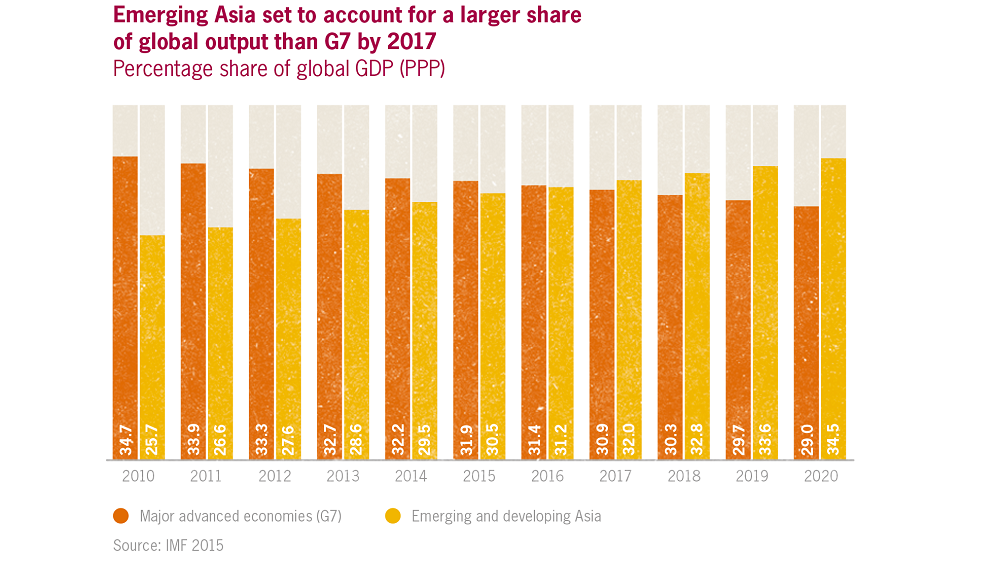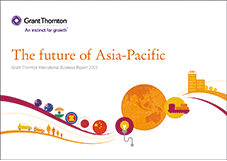-
Business risk services
Organisations must understand and manage risk and seek an appropriate balance between risk and opportunities.
-
Cybersecurity
As organisations become increasingly dependent on digital technology, the opportunities for cyber criminals continue to grow.
-
Business consulting
We can formulate solutions to keep you ahead of disruptive change.
-
Valuations
Our valuation specialists blend technical expertise with a pragmatic outlook to deliver support during transactions, restructuring and disputes.
-
Transactional advisory services
Helping you with successful growth deals throughout your business life cycle.
-
Recovery and reorganisation
Workable solutions to maximise your value and deliver sustainable recovery.
-
Mergers and acquisitions
Strategic growth decision making. Globalisation and company growth ambitions are driving an increase in M&A activity worldwide.
-
Forensic and investigation services
Rapid and customised approach to investigations and dispute resolution.
-
International Financial Reporting Standards (IFRS)
Our member firm IFRS advisers can help you navigate the complexity of the Standards so you can focus your time and effort on running your business.
-
Audit quality monitoring
A key component of our global strategy is to promote the delivery of consistent, high quality client service worldwide.
-
Global audit technology
We apply our global audit methodology through an integrated set of software tools known as the Voyager suite.
-
Corporate and business tax
Growing businesses need strong tax management to meet current and future tax liabilities and we can help you achieve this, whatever challenges you face.
-
Direct international tax
We have the insight and agility to create the strategies you need to respond quickly to ever-changing tax laws.
-
Global mobility services
In a globalised world, businesses must work seamlessly across borders. Organisations operate in multiple countries and view international expansion as a strategic objective.
-
Indirect international tax
With more goods and services crossing national borders than ever before, you may be facing indirect tax obligations in many countries – even those where your customer is located.
-
Innovation and investment incentives
Dynamic businesses must continually innovate to maintain competitiveness, evolve and grow. Valuable tax reliefs are available to support innovative activities, irrespective of your tax profile.
-
Private client services
Protecting business and personal wealth is of upmost importance for private clients worldwide. At Grant Thornton, we bring reason and instinct to all aspects of your personal finance and compliance planning.
-
Transfer pricing
The laws surrounding transfer pricing are becoming ever more complex, as tax affairs of multinational companies are facing scrutiny from media, regulators and the public.
-
Tax policy
Grant Thornton’s teams can work with you to help you understand these regulations, develop a strategy tailored to your business’ individual tax needs and manage tax risk around the globe.
-
Business process solutions
As organisations grow, back office processes and meeting reporting requirements across multiple jurisdictions can become a distraction. We remove the burden of back office operations and worries about compliance to enable you to focus on growth.
Exploring a region of diversity and opportunity
Asia-Pacific is a region of huge diversity, not only culturally and geographically, but economically too. Japan is a member of the G7 and a world leader in automotive and technology. Singapore competes with London and New York as a global financial centre. Australia and New Zealand are sometimes treated as a region in their own right due to both geography and culture - it takes over 12 hours to fly from Delhi to Sydney and history ties them more to the UK and US - but they are increasingly connected to Asia through trade.

Some of the region’s emerging nations are so important to the global economy that they cannot be treated as a single mass. China is the world’s most populous county, its biggest trader and its second largest economy (although on a purchasing power parity or PPP basis, its largest). India will soon overtake China in terms of population and its economy is now estimated to be growing faster. Southeast Asian countries are increasingly acting as a collective unit, exemplified by the burgeoning ASEAN economic community – collectively the world’s seventh largest economy.

Drawing on interviews from our International Business Report (IBR) and data from the IMF, UN and Economist Intelligence Unit, this report explores the opportunities and challenges for business growth in Asia-Pacific. The slowdown in China, regional tensions and ageing populations emerge as key threats to regional growth prospects, while businesses are excited by the Trans-Pacific Partnership and increased ASEAN cooperation.

For further information, please download 'The future of Asia-Pacific [ 3238 kb ]' or read the accompanying press release.

